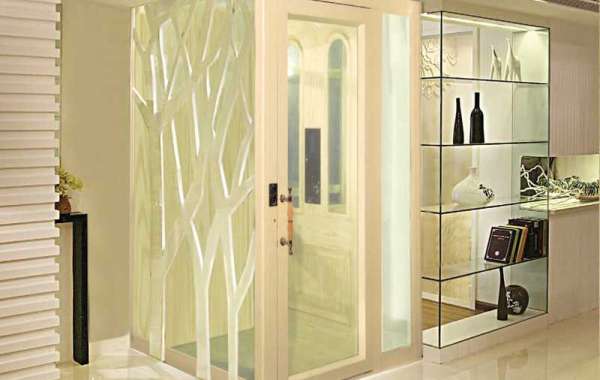Growing Popularity of Small Elevators For Homes In the past, having a small elevators for homes was often seen as a luxury item only suited for mansions. However, this is no longer the case. Many people are now looking to stay in their homes longer, and ease of mobility is a key to making this happen. For someone who is physically incapable of using the stairs, a small elevator for homes will allow them to access every floor and room in their home. A home elevator will also help make things easier for a person’s aid if they should have one in their home. Some families are installing elevators in their homes so elderly family members do not have to be placed in a retirement home but can rather stay with family.
Having a small elevator for homes can be helpful to anyone, even if you do not have a disability or experience mobility challenges. It can help with moving heavy items like furniture between floors or even help reduce injuries on the stairs when carrying heavy items.
Types of Home Elevators
There are basically three types of elevators; hydraulic, traction or MRL, and pneumatic.
Hydraulic Elevator– it takes up quite a bit of space in your home and requires a machine room for the equipment that runs the elevator. If your home is new construction, then it is a little easier to plan the space needed for that type of elevator.
Traction Elevator or MRL (machine room–less) elevator–As the name implies, a traction elevator does not need a separate machine room. It works by sliding up and down a track with a counterweight. If you are retrofitting, then this type is a better bet. It does still need additional space above the top of the elevator to house the equipment that runs it.
Pneumatic Elevator—This is the most recent innovation in elevators. This giant polycarbonate tube with a separate tube inside for the cab works with air pressure. The tube can be installed without needing to build a shaft or a machine room so can work well in an existing home. It doesn’t require a machine room so takes up less space than other options.
Home Elevator Design Options
An elevator can be added using existing square footage or a shaft can be built on the home’s exterior if there is not adequate space in the existing home. With a good designer, a shaft can add to the visual interest and beauty of the home both inside and out, in addition to the functionality it provides. A shaft built along the exterior of your house with doors opening into the home can be a great option. A 6-foot by 6-foot addition can often be enough, and lets you preserve the look of your interior.
The finishing touches of your residential elevator are virtually endless. You could go with a very small, simple style, or you can opt for rich wood paneling, stone, mirrors, grab bars and even elevator music! Another important add-on to consider is a telephone. Since we don’t always carry our cell phones around with us when we are at home, a phone can be great to have for emergencies.
Cost Considerations When Installing a Home Elevator
Many people think that home elevators are cost prohibitive. However, this doesn’t have to be the case as there are a variety of options.
When considering elevator costs, there is the elevator itself along with the cost of building a shaft, machine room or running electrical. The number of floors the elevator will stop at will also affect cost as well as the finishing touches you choose.
If you are remodeling your home and would eventually like to add an elevator, you may want to consider constructing the shaft with your remodel to save time and money later. The space can be used for storage or as an office, for example, until the actual elevator shaft is needed.



